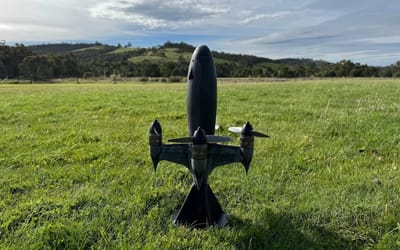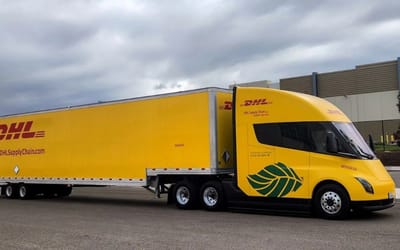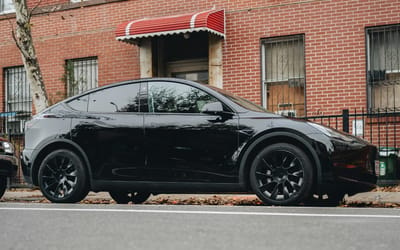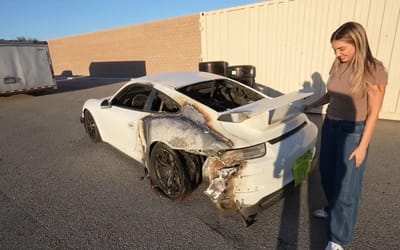Mechanic leaves people surprised by lifting hood of Land Rover and revealing who actually makes the engine
Published on Aug 19, 2025 at 12:00 AM (UTC+4)
by Callum Tokody
Last updated on Aug 18, 2025 at 8:15 PM (UTC+4)
Edited by
Amelia Jean Hershman-Jones
A viral video has shown a Land Rover luxury SUV with its hood lifted to reveal a shocking manufacturing label, sparking curiosity among Jaguar Land Rover fans worldwide.
The clip, filmed at a mechanic workshop, quickly spread across social media as the mechanic highlighted details that many owners never noticed.
Land Rover’s history of changing ownership and shared production adds important context to what was uncovered.
What seems like a routine under-the-hood look turned out to reveal a story that reshapes what people think of Land Rover.
VISIT SBX CARS – View live supercar auctions powered by Supercar Blondie
Ford and Land Rover Under the Hood
The mechanic, Larry Law, filmed himself examining a 5.0-liter Land Rover V-8 and described the Ford Motor Company marking on its side.
He compared it to Ford’s well-known 302 engine, though the unit itself came from the AJ-V8 family developed for Jaguar and Land Rover.
Instead of being built in a dedicated factory, it was assembled at Ford’s Bridgend Engine Plant in Wales.
Ford’s acquisition of Land Rover in 2000 meant the brand became part of its wider network.
Bridgend, which operated until 2020, produced more than 22 million engines across Ford, Jaguar, Volvo, and Land Rover models.

Among them was the AJ133 5.0-liter V-8, which appeared in several Range Rover models between 2009 and 2012.
While the AJ-V8 shared a production line with other Ford units, it was designed specifically for Jaguar and Land Rover performance.
It also often came paired with Ford-built transmissions, showing how deep the integration went during that period.
The result was a mix of Jaguar design, Range Rover application, and Ford-scale manufacturing.
This kind of cooperation was not unusual.
Luxury brands have often relied on parent companies for key parts, whether it was Aston Martin using Ford electronics or Bentley drawing on Volkswagen Group engines.
For Land Rover, working with Ford was simply part of the way the industry operated at the time.
What Owners Should Know
For current Range Rover owners, the Ford engine connection still matters.
Replacement parts can be easier to find, and many mechanics already know how to work on these engines because of their ties to Ford.
That familiarity can also help keep repair times down and reduce costs compared with fully bespoke systems.
The perception side is different. Buyers of a luxury SUV often expect an exclusive product, and Ford branding on the block can cause disappointment.
But the engines were tuned for Range Rover, and the vehicles they powered were still positioned in the premium market.

These approaches reduce development costs while preserving the luxury SUV brand character.
When the Bridgend plant shut down in 2020, Jaguar Land Rover moved its engine work to Wolverhampton.
That change gave the company more control as it prepared for a future built around electrification.
The viral video may have surprised some viewers, but it highlights a long-standing reality.
Land Rover’s story has always been shaped by both its heritage and the global partnerships that keep its vehicles on the road.
You can watch the video below:
@larry.law94 ♬ original sound – Larry Law94
DISCOVER SBX CARS: The global premium car auction platform powered by Supercar Blondie
Callum Tokody is a content writer at Supercar Blondie, where he covers the latest in the automotive world with a focus on design and performance. With a background in automotive journalism, he has contributed to a range of publications in Australia and the UK. In addition to his writing, Callum also heads up PR and communications, helping to build and strengthen partnerships within the industry. Outside of work, he’s a design enthusiast with a soft spot for anything with a V8 and a good story.




